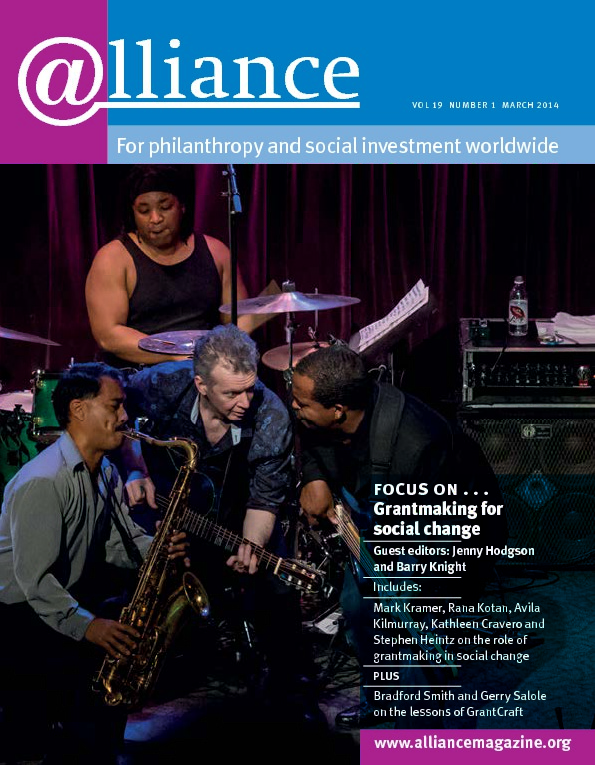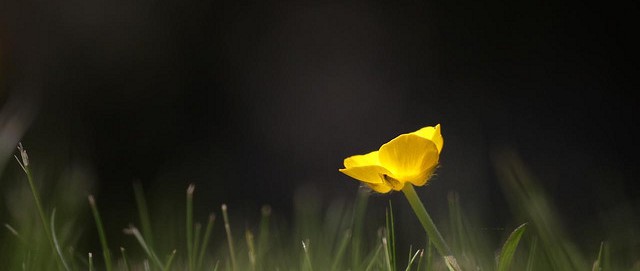As advisers who work with donors across all generations, our experiences affirm much of what was written in Alliance’s feature on next gen donors. We are particularly inspired by the less proprietary, more social approach these donors embrace in their philanthropy. The interest in collaborative giving vehicles (such as the Awesome Foundation) benefits everyone by allowing donors to share great ideas and learn together while also aligning and aggregating dollars for recipients.
What is striking to us is that the field’s conversation seems to be stuck on the characteristics of these donors and what they want out of philanthropy. We need to move on to how we help them realize their philanthropic aspirations. For example, Joana Lee Ribiero Mortari admits that she was an early advocate of impact investing, but ‘to this day [has] not been able to convince [her] family to invest a penny’ this way. Family philanthropy can be hierarchical and next gens often have limited power to do things differently. We can offer tools and resources (including discussion guides, case studies, etc) to help them make the case, build alliances, and move their family boards towards impact investing, social justice philanthropy and other approaches that inspire them.
These donors also say that they are influenced by their peers, ie members of their generation. We might consider helping them to expand their peer group to include the donors who emerged and defined ‘the new philanthropy’ in the late 1990s and early 2000s. The first tech bubble launched some audacious philanthropists who are only a little older than this generation, share a lot of the same characteristics, and have the benefit of 10-plus years of digging into the work. Those involved in Social Venture Partners International, the Omidyars, Jeff Skoll, and others from this recent generation could be tremendous resources for next gen donors should we find interesting ways to connect them to each other.
As the authors note (p32): ‘Where next gen donors are now is not where they want to be, or where they think they will be in the future.’ We need to create more and different ways for these donors to connect to each other and to the causes they care about, and more tools and resources to support them to engage in the ways they crave.
Stephanie Fuerstner Gillis
Managing director, Philanthropy Management, Arabella Advisors, USA







Comments (0)